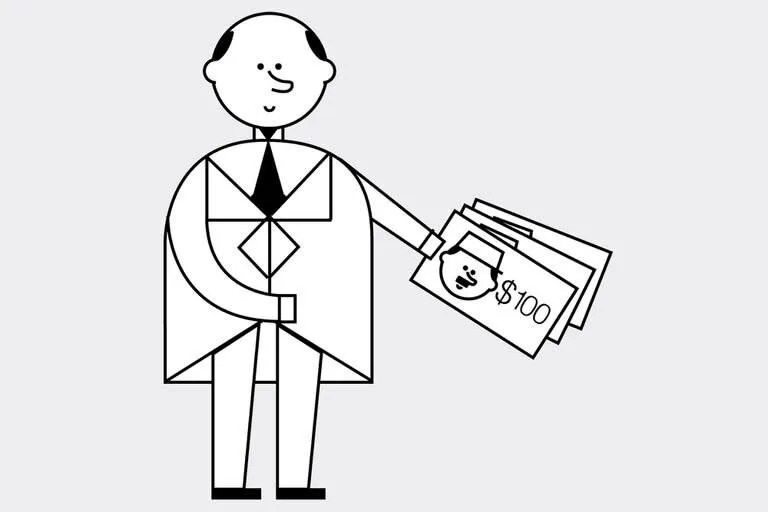1. Interest rate.A phenomenon is beginning to emerge globally that will have implications for the economy: the rise in interest rates. Since inflation in the United States – the country that issues dollars in which the world today transacts goods and services – reached that last great peak of 15% at the beginning of the 1980s, the interest rate grew in parallel and reached 20 %. Since then, the North American country tamed inflation, which fell to 5% in the first instance and then positioned itself around 2% per year. He held that level afterwards; but now, according to the latest measurements, it exceeds 8%. With the control of inflation, the drop in interest rates came in parallel. After the 2008 crisis, inflation returned, but the rate hike did not do so until 2015, when they reached 2.5%, to return to 0 after the Covid pandemic.
2. Why it matters. The interest rate is the cost of money. For more than a decade the world has lived with practically free money, a fact that, given the permanent and high inflation, would come to an end. What is the relationship? When the interest rate rises, saving is more encouraged and consumption is discouraged. Perhaps there are things that we do not value so much and then, rather than buy them, it is preferable to save money. This depresses consumption, and those who had planned to continue raising their prices because demand was firm will not do so now, since their product will no longer be required if prices rise. On the contrary, the rise in the interest rate makes credit more expensive and delays investment decisions.
3. Debt.Public and private debt has been growing in recent decades. In 2020 we see the largest increase in debt in just one year since World War II. The global amount increased to $226 trillion. The global debt, which reached 100% of the global GDP, reached 256% of the product that year: 99% is public debt, 98%, non-financial corporate debt, and 59%, household debt. Public accounts for nearly 40% of total world debt, the highest share since the mid-1960s. The buildup of public debt since 2007 is largely attributed to the two major economic crises: first, the global financial crisis and then, that of the Covid-19 pandemic. Taking on debt will now become more expensive and countries may need to reduce their deficits to mitigate the risks of not being able to borrow money at higher rates.
4. Venture capital. In Argentina, many seed investment projects have been promoted in recent years thanks to the availability of financing. The first quarter of 2022 showed a growth in the number of rounds compared to what was observed in the same period of 2021, but with much lower investment amounts. This is beginning to be seen as a problem: the backlash of a more contractionary monetary policy makes project financing more expensive and leads to requesting higher requirements. That especially affects global businesses that depend on permanent financing.
5. Missed opportunity. The zero rate cycle was for Argentina a chance to finance private projects and the public deficit. Now there will be higher costs; For this reason, it will be necessary to analyze how much more it costs us not to be solvent in fiscal matters and how much impact falls on the private sector, which needs financing.

